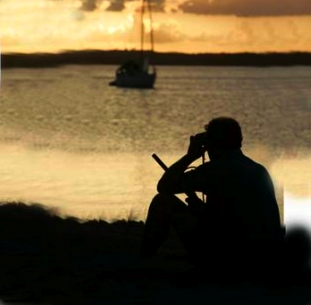As Somali pirates spread their activities, could the traditional Red Sea route possibly be the better option?
Piracy in the Indian Ocean has been on the increase throughout this year. British sailors Paul and Rachel Chandler, kidnapped en route from the Seychelles, are the fourth yacht crew since March to have been captured by alleged Somali pirates so far as we know.
We ran a big feature on the risks of piracy worldwide in our June issue and found that the dangers once concentrated in the Gulf of Aden area were spreading as far as the Seychelles.
So I thought it would be timely to recap on some of what we learned and were advised then.
We concluded that the risks may be no greater going into the Gulf of Aden and up the Red Sea than across the Indian Ocean to southern Africa via the Seychelles or Madagascar because Somali pirates have spread their operations to avoid EU coalition patrols.
Indeed, some who know the options well, including organisers of two cruising rallies that go through the Red Sea, believe this may actually be the safer option.
Peter Seymour of Blue Water Rallies and has taken seven fleets of circumnavigators round the world. In February the latest rally passed safely through the Gulf of Aden, taking precautions Seymour had carefully put in place.
He believes that this area is significantly safer as a result of coalition patrols co-ordinated between the US Navy’s Combined Task Force 151 and the EU’s Op ATALANTA – we have heard the same from other sources. “My impression is that the incidence of piracy against yachts has fallen dramatically in the last six months,” says Seymour.
Seymour’s experience leads him to the conclusion that it can be safe to go through the Gulf of Aden provided specific precautions are taken and the route is through the centre buffer zone between the east-west and west-east Internationally Recommended Transit Corridors (IRTC) for maximum protection.
These are two five-mile wide corridors (eastbound and westbound) separated by a two-mile wide buffer zone. You can get up-to-date co-ordinates at www.cusnc.navy.mil/marlo/Guidance/Corridor.htm
He also points out that, contrary to rumour, it is possible to get insurance for going through the Gulf of Aden. In some cases it means adding war risks to your policy.
As the threat has moved away as far as the Seychelles where there are limited friendly assets and fewer patrols, Seymour believes the threat is likely to be long-term.
Cruising expert Jimmy Cornell agrees. “While the coalition forces seem to be doing a good job in the approaches to the Red Sea, areas to the south are now in even greater danger as the pirates seem to be moving their activities to less patrolled areas, even as far as the Seychelles and Madagascar.”
However strange it may seem, there have been no attacks this year that we are aware of on yachts transiting the Gulf of Aden and Red Sea in convoy. The mustering point for crews and independent boats seeking to travel in convoy is Salalah in Oman.
Cruisers hook up at the western-style Oasis Club and agree a route and strategy. When we contacted the port captain of Salalah in April he confirmed that in the previous three months 144 yachts had left for Aden and the Red Sea and there had been no incidents.




